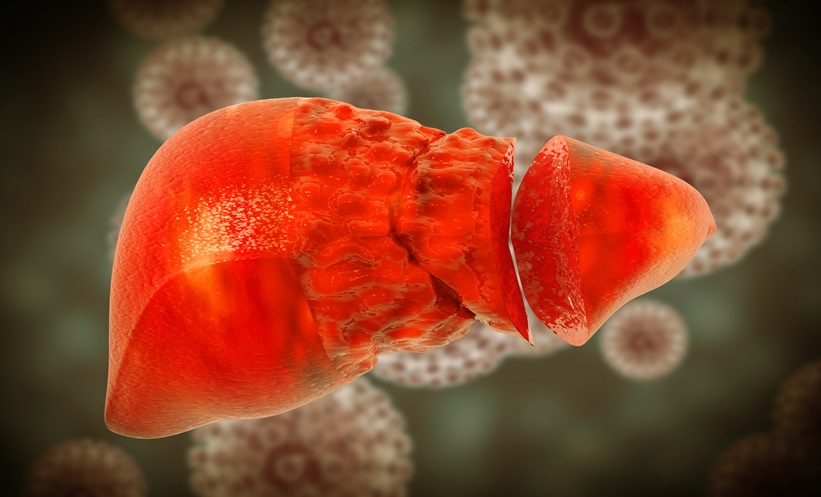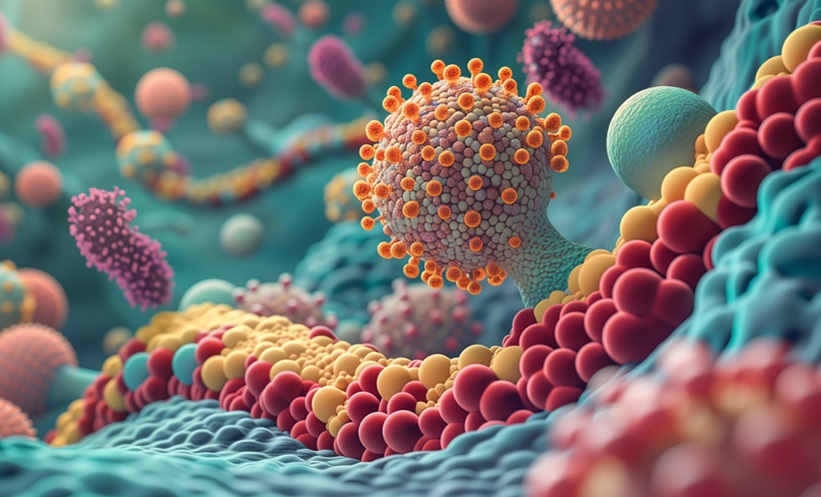Meeting Summary
After genotype 1 (GT1), genotype 3 (GT3) is the second most common hepatitis C virus (HCV) genotype worldwide, with an estimated worldwide prevalence of 54.3 million. As its high prevalence already represents a significant burden, this genotype appears to be one of the most difficult to treat using all oral therapies, which is of importance as it is associated with more rapid fibrosis progression and disproportionately increased risks of steatosis (fatty liver disease) and hepatocellular carcinoma. Outstanding developments in clinical research in the last few years have led to the development of direct-acting antivirals, but GT3 still represents a challenge yet to be addressed, and is a clear unmet medical need, especially with associated comorbidities (advanced, liver disease, pre and post-transplant patients, HIV/HCV co-infected patients). The 65th American Association for the Study of Liver Diseases Annual Meeting, The Liver Meeting® 2014, took place in Boston, Massachusetts, USA, on 7th–11th November 2014. This review will summarise the highlights of this meeting on the future of GT3 HCV treatment within pivotal clinical trials.
Please view the full content in the pdf above.








